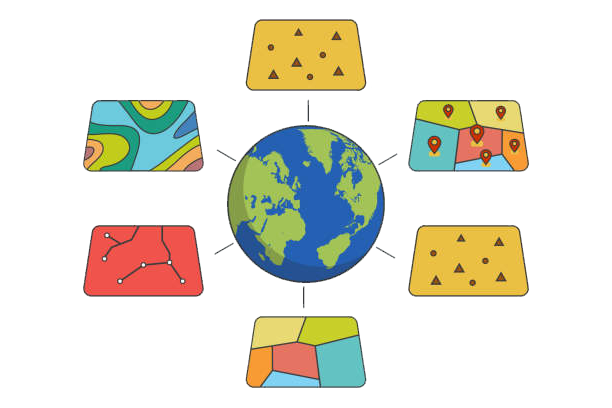Why GIS is Essential for Modern Drone Pilots
The drone industry is evolving beyond simple photography, with 78% of commercial operators now using GIS for advanced data analysis. Here’s how GIS transforms drone pilot assignments:
✔ Precision flight planning
✔ Automated data processing
✔ Regulatory compliance
✔ Professional deliverables
5 Ways GIS Enhances Drone Pilot Assignments
1️⃣ Intelligent Flight Planning
- Terrain analysis for optimal altitude
- Obstacle detection using 3D city models
- Automated flight path generation
📌 Example: GIS-powered tools like DroneDeploy automatically adjust flight patterns based on terrain elevation.
2️⃣ Advanced Photogrammetry
| Without GIS | With GIS |
|---|---|
| Basic orthomosaics | Georeferenced 2D/3D models |
| Manual measurements | Automated feature extraction |
| Local coordinate systems | Global CRS alignment |
3️⃣ Real-Time Data Processing
- Live vegetation health (NDVI analysis)
- Construction progress tracking
- Emergency response mapping
⚠ Pro Tip: ArcGIS Field Maps allows field data collection synchronized with drone imagery.
4️⃣ Regulatory Compliance
- FAA airspace visualization
- LAANC authorization mapping
- No-fly zone identification
5️⃣ Professional Client Deliverables
- Interactive web maps
- 3D urban models
- Time-lapse change detection
GIS for Drone Pilots: Real-World Applications
Case Study: Utility Inspection Project
- Pre-flight: GIS identifies all power line corridors
- Mission: Autonomous drone captures 500+ images
- Analysis: GIS detects 93% of damaged insulators
- Delivery: Web portal with prioritized repair list
💼 Result: Client saved $250K in preventive maintenance
Getting Started with GIS for Drone Pilots
Our Drone GIS Assignment Help covers:
- ArcGIS Pro for drone data
- Pix4D integration workflows
- FAA compliance documentation
🛩 Boost Your Drone Business: Get Expert GIS Training
Essential Resources
🔗 FAA GIS Data Portal
🔗 Esri Drone2Map
🔗 DroneDeploy + GIS Integration
